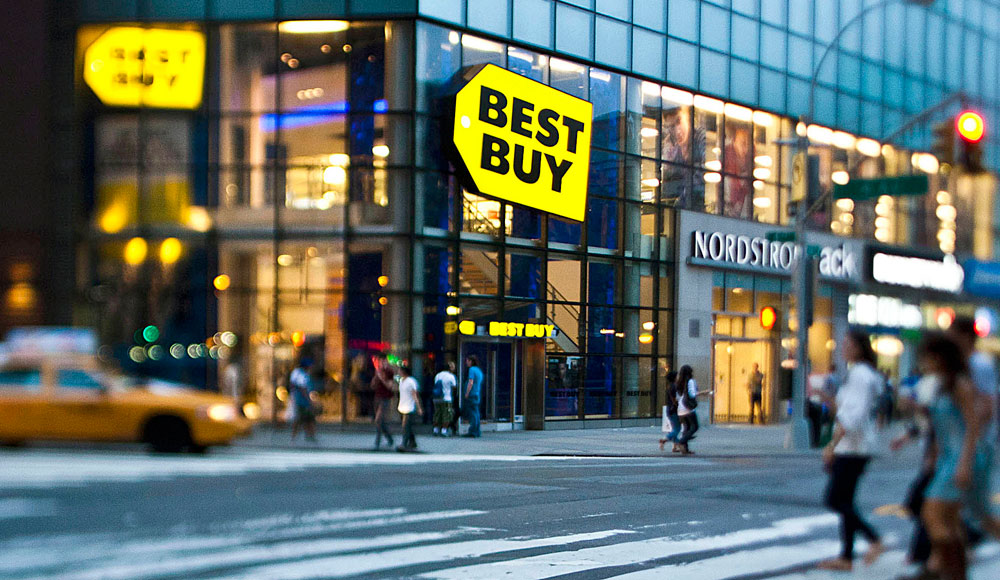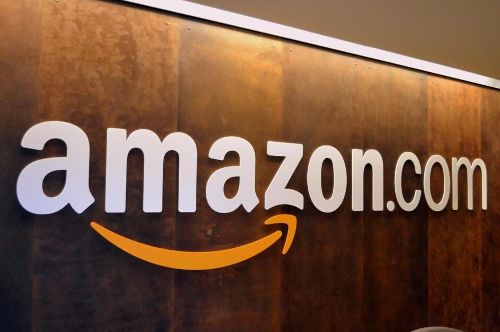As the world becomes more globalized, both for-profit and non-profit organizations are reaching for the same transcontinental wallet. Now, as consumers have more selection and information, they hold most of the power.
So in a sea of products and services, how does your organization jump ahead? You already know: consumer-centricity. But how do you achieve that?
You need to look at your organization from the outside-in, rather than the inside-out. In this other world, you must analyze your firm from the perspective of a donor rather than an employee/owner.
Consumer centricity is all about understanding the problems consumers/donors face in their lives and then delivering mutually advantageous solutions.
Gone are the days where you can simply ask, “How did you enjoy X experience?” Though you may hear a genuine opinion, you will still fail to discover anything significant about the donor, him or herself.
A great example of a company following this outside-in approach is Best Buy. The company has not only survived, but thrived, in the precarious consumer-electronics marketplace. Consumer-centricity is why Best Buy is still a dominant player, yet other companies like Circuit City have vanished. Best Buy committed itself to learning about its customers, along with their wants and needs, and then began selling solutions instead of products.
Best Buy conducted many studies to better understand their clientele and discovered that their female customers hated their shopping experience at the retailer. While most men look for a specific product at a discount price, women are interested in an all-inclusive package. Furthermore, it discovered that women also are more likely to want help with installation, while most men prefer to try to put things together themselves.
Following its research, the company adopted common-sense solutions. Best Buy bundled related products, created play areas for children, and acquired Geek Squad to help with installation.
This leap, from an inside-out perspective to an outside-in perspective was no small task for Best Buy. The company had to gain awareness and then execute large-scale transformations. Taking ownership of its consumer’s issues did not occur overnight; time, money, and commitment were required.
One of the biggest issues for non-profits is their organizational structure. Even when an NGO makes an effort to better understand their donors, it is often immobilized by its own processes and organization. Non-profits organizations have become accustomed to countless internal silos, or departments, which grow around specific units and functions. While of course a division of labour is productive and effective in some ways, it confines an organization to handle issues only in specific sections. Unfortunately, life doesn’t work this way. Lines, departments and locations blur together and an organization needs to be able to respond accordingly. When your non-profit is divided into ten different sections or silos, you handcuff your employees and stop them from effectively handling a donor issue.
For example, when Best Buy decided to bundle certain products together, it required different departments and different merchandisers to work together. This dictated a change in distribution schedules, the creation of new store spaces, and a new training program for front-line employees to become personal sales associates. This required Best Buy to break down its silos and create a more fluid organizational system.
In today’s world, customer-centricity is a necessity for survival. Creating meaningful relationship with donors is the only way for your non-profit to thrive. It is true that finally arriving at that point is no walk in the park, but the transformation will make, and keep, your non-profit successful for years to come.





